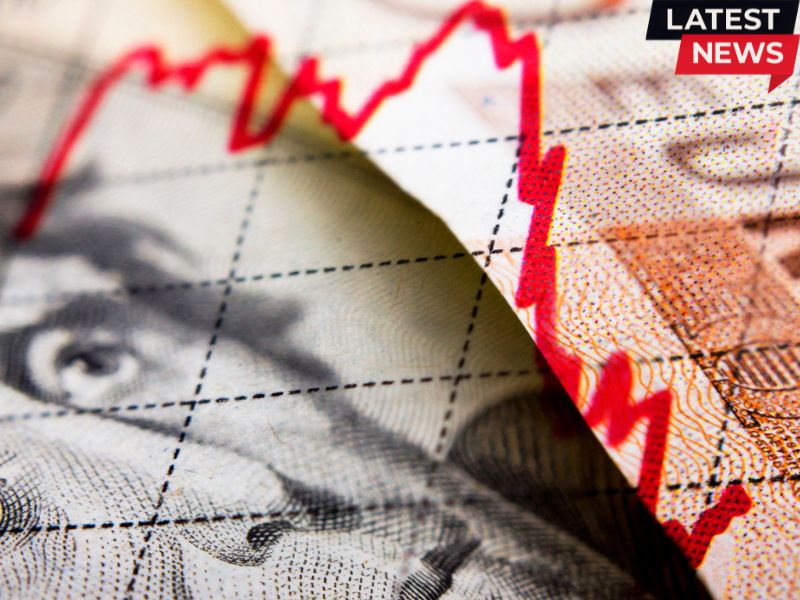Gold prices have surged to historic levels, reaching $3,500 per ounce on Tuesday, as investors seek refuge from rising uncertainty surrounding U.S. trade policies and the weakening appeal of traditional safe-haven assets like Treasurys and the dollar.
The dramatic rally in bullion follows a shift in market dynamics triggered by President Donald Trump’s abrupt policy moves, including the announcement of reciprocal tariffs that rattled global trade relations. Vivek Dhar, director of mining and energy commodities research at Commonwealth Bank of Australia, noted that gold has effectively “stepped into the void” left by declining demand for U.S.-based havens.
Traditionally, gold and Treasury yields move in opposite directions, but that inverse relationship appears to be unraveling. While the yellow metal has climbed 25% this year, yields on the 30-year Treasury rose sharply—by over 30 basis points—shortly after Trump’s tariff move, before easing slightly. Meanwhile, the U.S. dollar index has shed 8% year-to-date, according to LSEG data.
J.P. Morgan now projects gold will average $3,675 per ounce by late 2025 and could hit $4,000 by mid-2026. Analysts point to gold’s perceived inflation-hedging qualities and lack of credit risk as factors driving renewed interest.
Michael Ryan of the University of Waikato said gold’s traditional role as a shield against inflation has made it “special” again, especially with tariffs expected to fuel price increases in the U.S. “Gold doesn’t rely on the policies or stability of any one country,” added Alexander Zumpfe, senior trader at Heraeus.
The broader sentiment reflects fading faith in the narrative of U.S. economic supremacy. “There’s a waning trust in American assets due to both economic and geopolitical uncertainties,” said ANZ strategist Soni Kumari.
Central banks in emerging markets have joined the wave, ramping up gold reserves as part of a diversification strategy away from dollar-denominated holdings. Eli Lee, chief investment strategist at the Bank of Singapore, expects this trend to continue as institutions seek security beyond the greenback.
Though speculation around gold replacing the dollar as the world’s reserve currency has resurfaced, many experts remain skeptical. “It’s still hard to see a fundamental shift,” Dhar cautioned, citing the logistical and economic drawbacks of using gold as a core reserve.
Todd Brighton of Franklin Income Investors added that despite recent turbulence, U.S. Treasurys remain the most liquid asset class globally and are unlikely to be fully displaced anytime soon—even as the world moves toward a more multi-polar economic order.
Still, with traditional anchors of financial stability under pressure, gold is shining brighter than ever in the eyes of global investors.
Related Readings:

![]()







